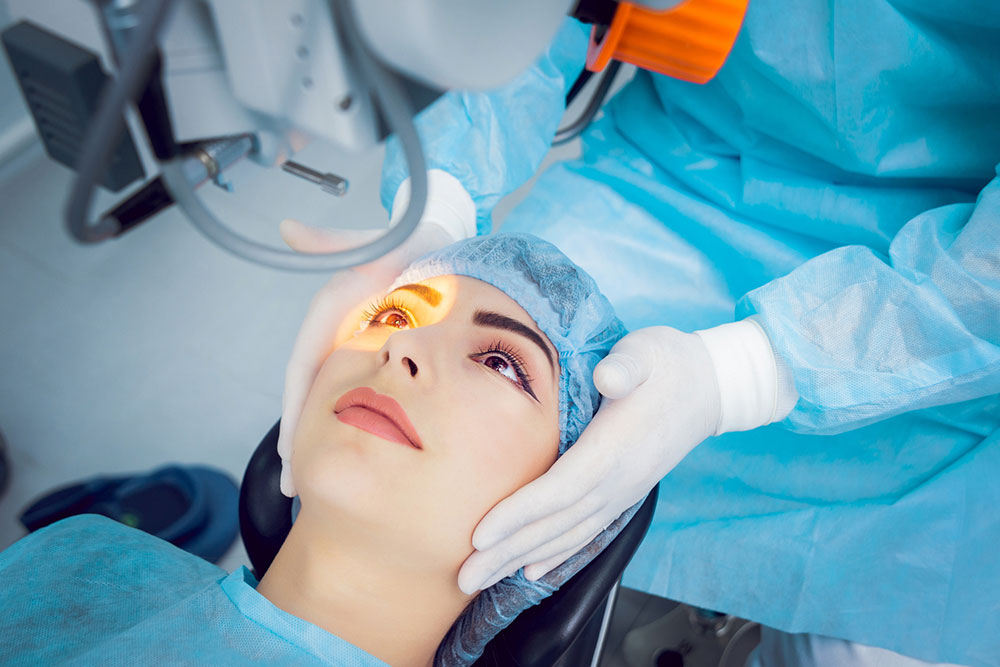
Types of surgeries to treat dry eyes
Dry eyes, sometimes referred to as dry eye syndrome, is a major optical concern. In some cases, it can also be a side effect of eye surgery. While it is not a certainty, many patients report symptoms of dry eyes after an optical surgical procedure. This is due to the fact that optical surgeries require raising a corneal flap. This can lead to damage in the nerves. These nerves take approximately six months to grow back and heal.
The common symptoms of dry eyes include:
- Burning or itchy sensation in your eyes
- Discharge of stringy mucus from eyes
- Sensitivity to light
- Chronic redness in your eye
- Sensation of having something stuck in your eyes
- Difficulty to see during nighttime
- Intermittently blurry vision
- Fatigue and eye strain after spending some time in front of a computer screen
If you notice these symptoms, you may consider surgical intervention to correct the condition. In certain cases, dry eye treatments like artificial tears and punctal plugs prove ineffective. In such a case, when the doctor has exhausted every other option, he/she assesses the possibility of surgical dry eye treatments. After conducting a thorough assessment, the doctor may recommend one of the following surgical treatment options. They are:
1. Photorefractive Keratectomy (PRK)
PRK is a laser procedure that is commonly used to improve a person’s vision. The advantage of PRK is that there is no urgent need of raising the corneal flap for the procedure. This eliminates the chances of dry eye syndrome after surgery.
2. Thin flap LASIK or Sub-Bowman’s Keratomileusis (SBK)
SBK employs the use of significantly thinner corneal flaps. This makes it a preferable treatment option as thinner flaps cause less disruption in the nerves, and hence, alleviate dry eyes.
3. Femtosecond LASIK
It has been suggested that chances of surgery-related dryness in patients opting for femtosecond laser surgery are lower. This type of surgery holds the distinction of being a blade-free LASIK procedure. The femtosecond LASIK makes the corneal flap more stable and precise. This decreases the chances of corneal abrasions.
Based on the patient’s profile, clinical data, and what the patient prefers, the operating surgeon charts out the best course of action. The choice of the operational procedure relies on a wide range of other factors. These factors include refractive status and corneal thickness, among many others.
4. What happens after surgery
Most research studies have shown that symptoms of dry eye subside in around six months to one year after the surgery. The healing process is supported by the use of non-preserved tear supplements, punctal occlusion, and topical corticosteroids for lubrication. In case the symptoms persist for a longer time than expected, most doctors recommend tear replacement. Additionally, they also advise the use of preservative-free lubricating drops. If the patient is required to administer higher than six to eight drops each day, the doctor may recommend the use of collagen plugs to avoid tear drainage.


